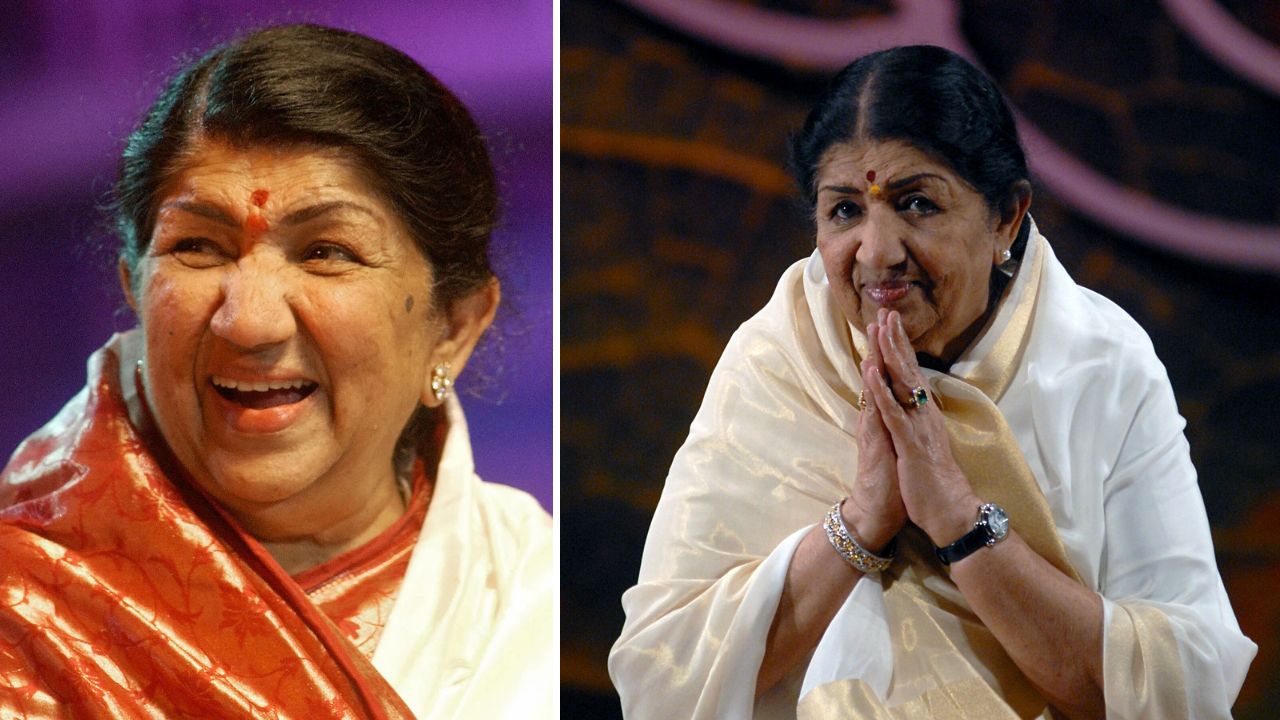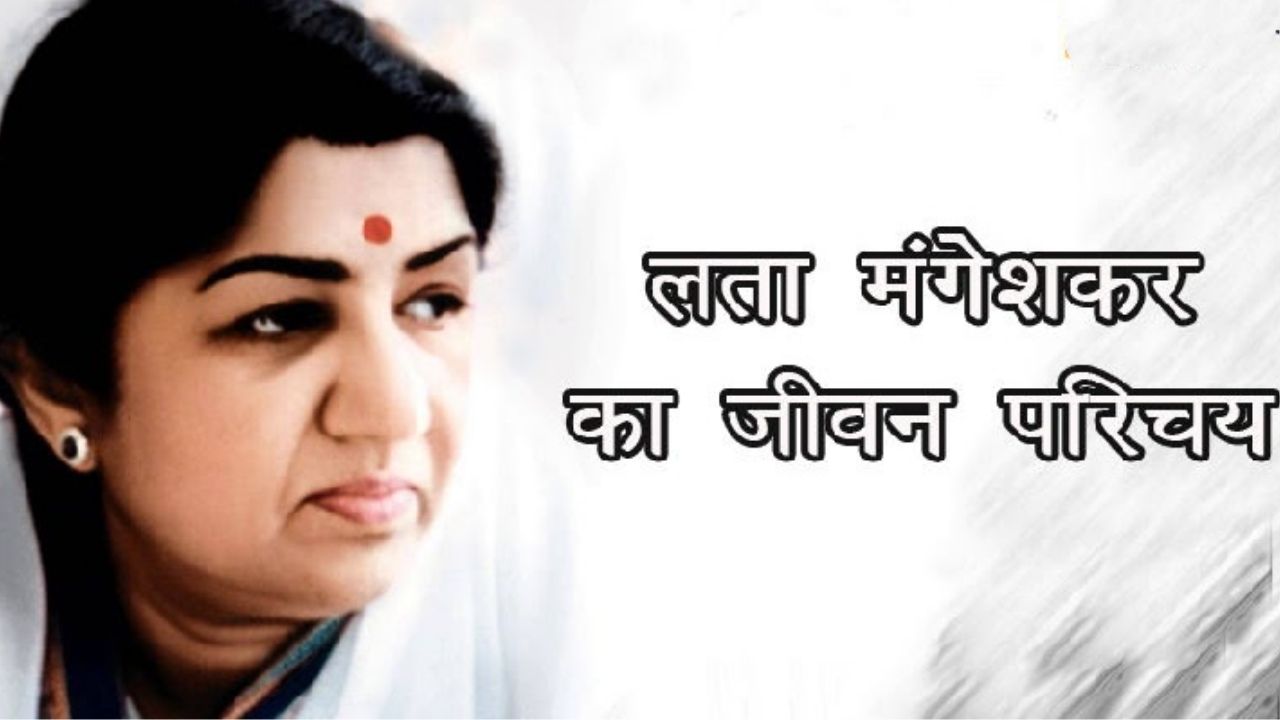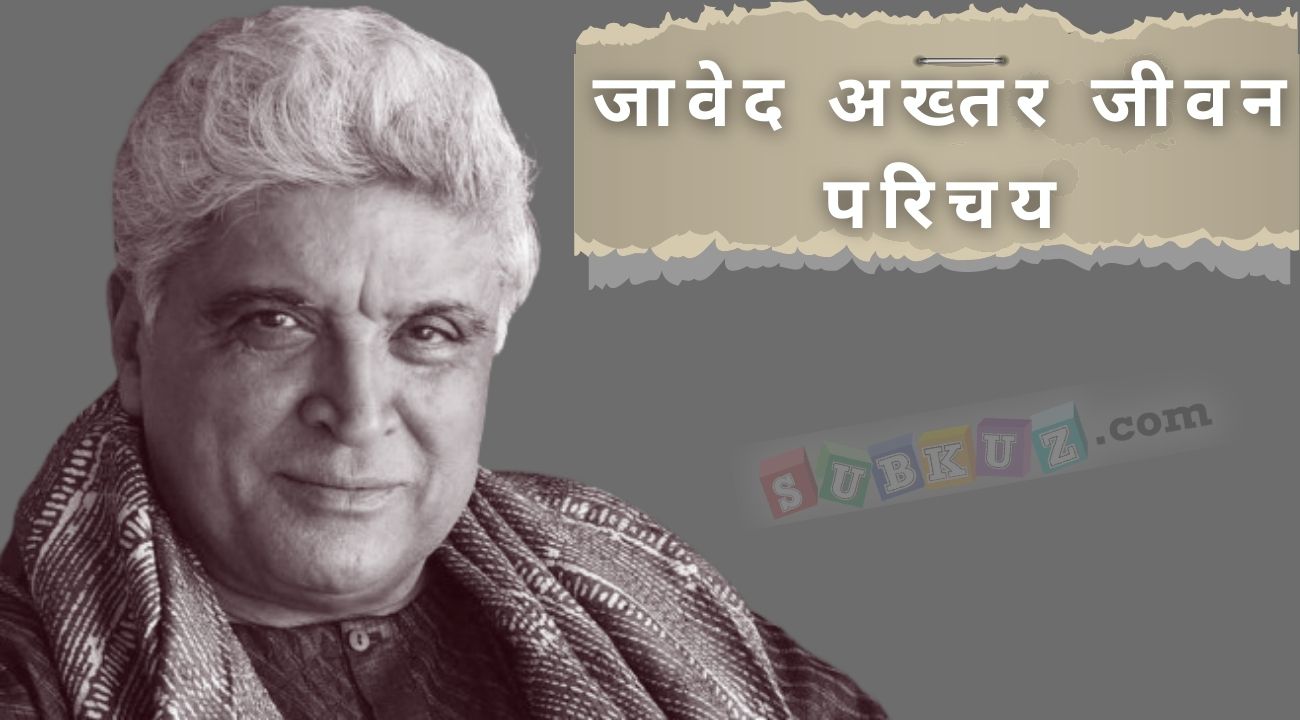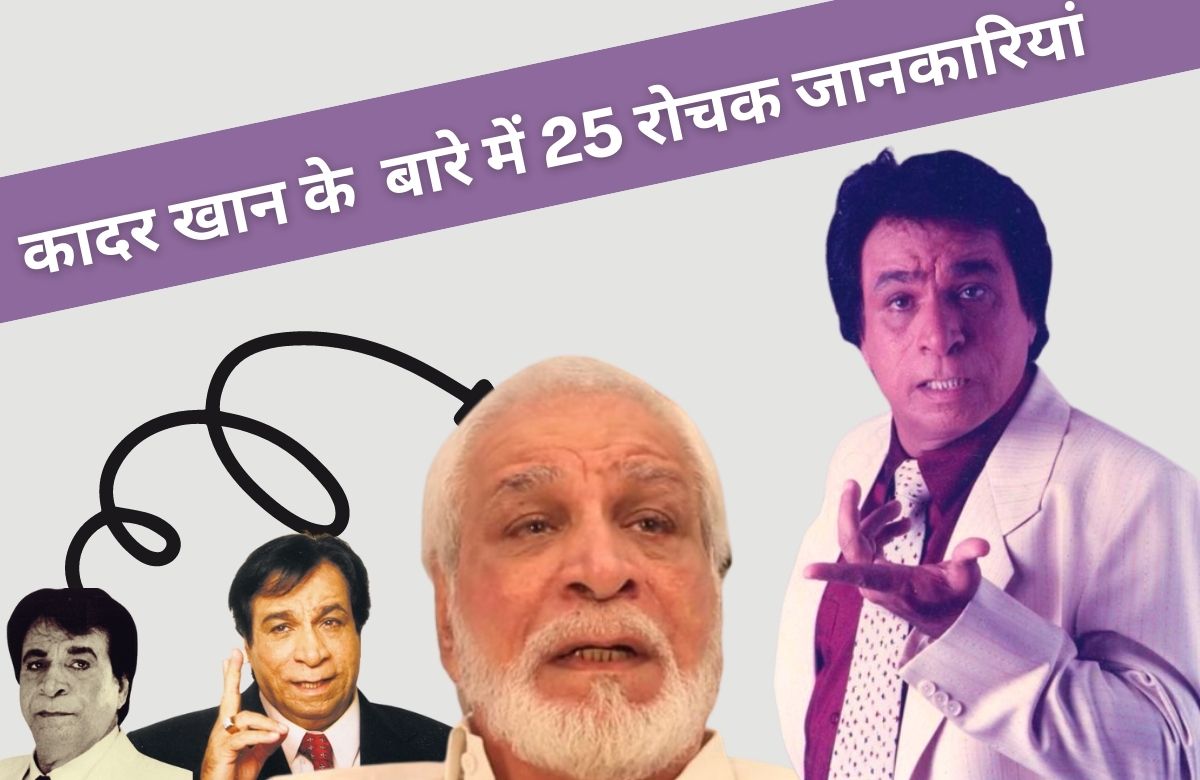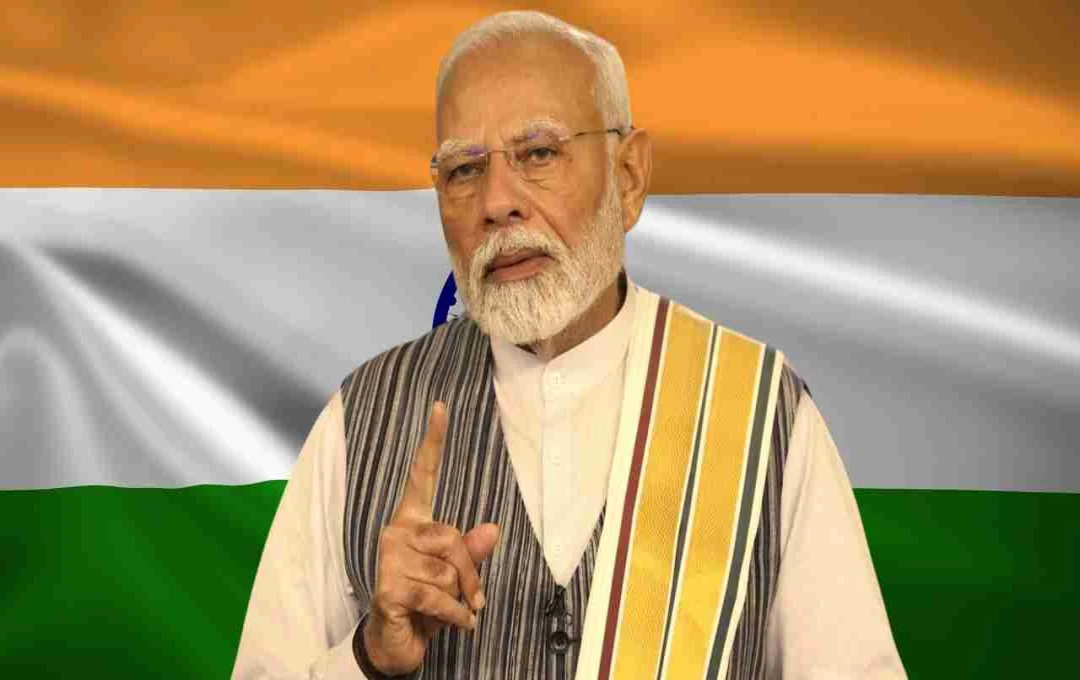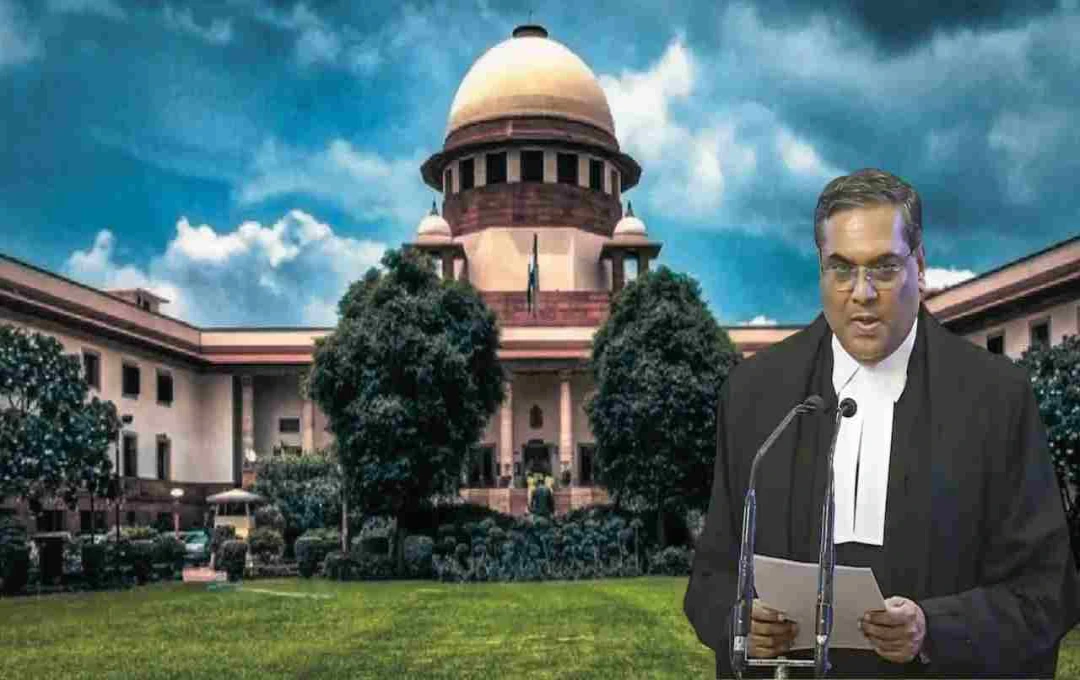The Era of the Nightingale Ends with the Passing of Lata Mangeshkar: A Look into Her Life
Lata Mangeshkar, a beloved and revered Indian playback singer, enjoyed a six-decade-long career filled with accomplishments. While she sang in nearly thirty languages, she is most identified with Indian cinema as a playback singer. Her collaboration with her sister, Asha Bhosle, was particularly significant in film music.
Each song by Lata Mangeshkar is a masterpiece in itself. Her voice, a unique blend of melody, rhythm, and lyrical meaning, creates a sweet and captivating effect that resonates deep within the heart. Her singing is a symbol of purity, enchanting all with its melodious beauty. Her voice, a rare harmony of grace and sweetness, transcends the boundaries of distinction and popularity in Indian music. Her singing is a flowing cascade of purity, enchanting everyone with its melodic charm. Listening to Lataji's songs completes the experience of music. She has been honored not only with accolades like the Dadasaheb Phalke Award, Padma Shri, and Bharat Ratna, but also numerous other awards and accolades. Every Indian takes pride in her.
Lata Mangeshkar's Birth and Early Life
Lata Mangeshkar was born on September 28, 1929, in Indore, Madhya Pradesh. Her father, Dinanath Mangeshkar, was a Marathi theatre actor, composer, and singer. Her mother was Shevanti Mangeshkar. Her brother, Hridaynath Mangeshkar, was a music director. Her sisters, Usha Mangeshkar, Asha Bhosle, and Mina Khadikar, were also playback singers. Lata Mangeshkar's name was often linked with Bhupen Hazarika, but she never married.
Lata Mangeshkar's Career
Lata Mangeshkar was one of the most celebrated and renowned playback singers in the world, not just in India. The legendary Lata Mangeshkar recorded songs for over a thousand Hindi films. Her velvety, sweet, and melodious voice was a key factor in her immense popularity. She received her initial musical training from her father. At the age of five, she started acting in her father's plays. Her career began in 1942 at the age of 13. Her first song was recorded for the Marathi film "Kitte Hasal." She sang over 30,000 songs in various Indian languages. She is considered one of cinema's greatest singers and was awarded India's highest civilian honor, the Bharat Ratna, in 2001.
From Hardicar to Mangeshkar
Pandit Dinanath's surname was initially Hardicar, later changed to Mangeshkar. He resided in Mangshi, Goa, which influenced the change of his surname. At birth, Lata's name was Hema, later changed to Lata. Dinanath was inspired to name her Lata after the character Lathika in his play "Bhavbandhan." Following Lata, Mina, Asha, Usha, and Hridaynath were born.
Lataji's singing, steeped in the waves of sweet beauty, is so magical that everyone experiences the essence of the song with its full emotion as soon as they hear it. When Lata sang the patriotic song "Aye Mere Watan Ke Logo" filled with emotion before Prime Minister Nehru on Republic Day, she could not hold back her tears. Whether it was love, separation, reunion, devotion, patriotism, or any other human emotion, Lataji has perfectly captured them all.
Awards and Honors
Lata Mangeshkar received numerous awards and honors. After 1970, she declined more awards than she accepted. She famously refused the Best Playback Singer award, stating it should instead be given to newer singers. Some key awards and honors bestowed upon Lata Mangeshkar:
Awards from the Indian Government
1969 - Padma Bhushan
1989 - Dadasaheb Phalke Award
1999 - Padma Vibhushan
2001 - Bharat Ratna
(Remainder of the article continues in a similar format, following the provided HTML structure.) ```html